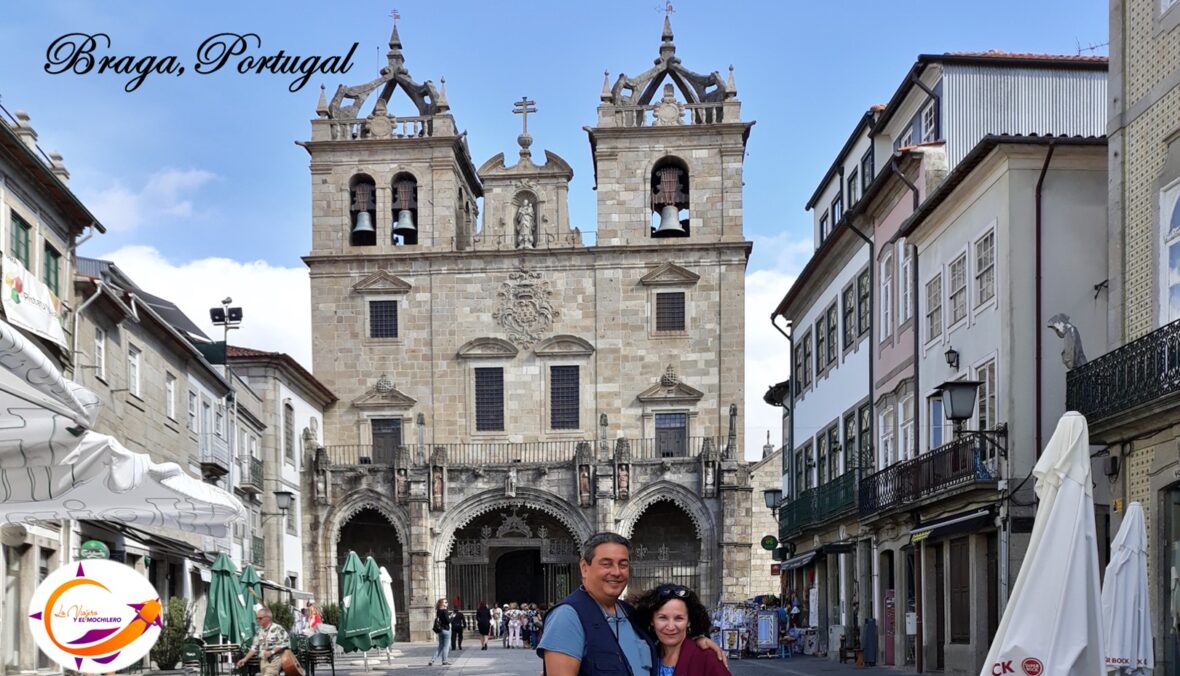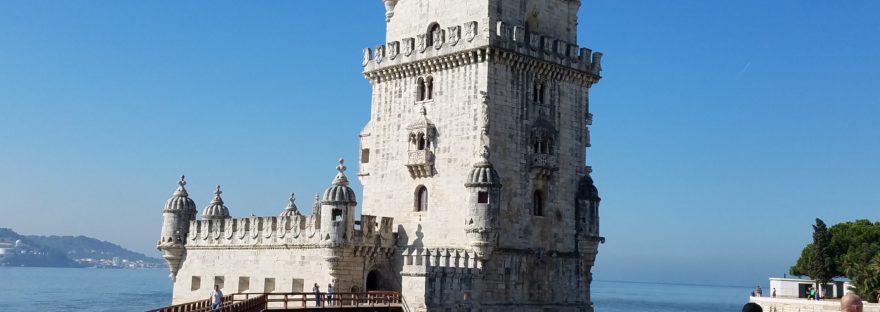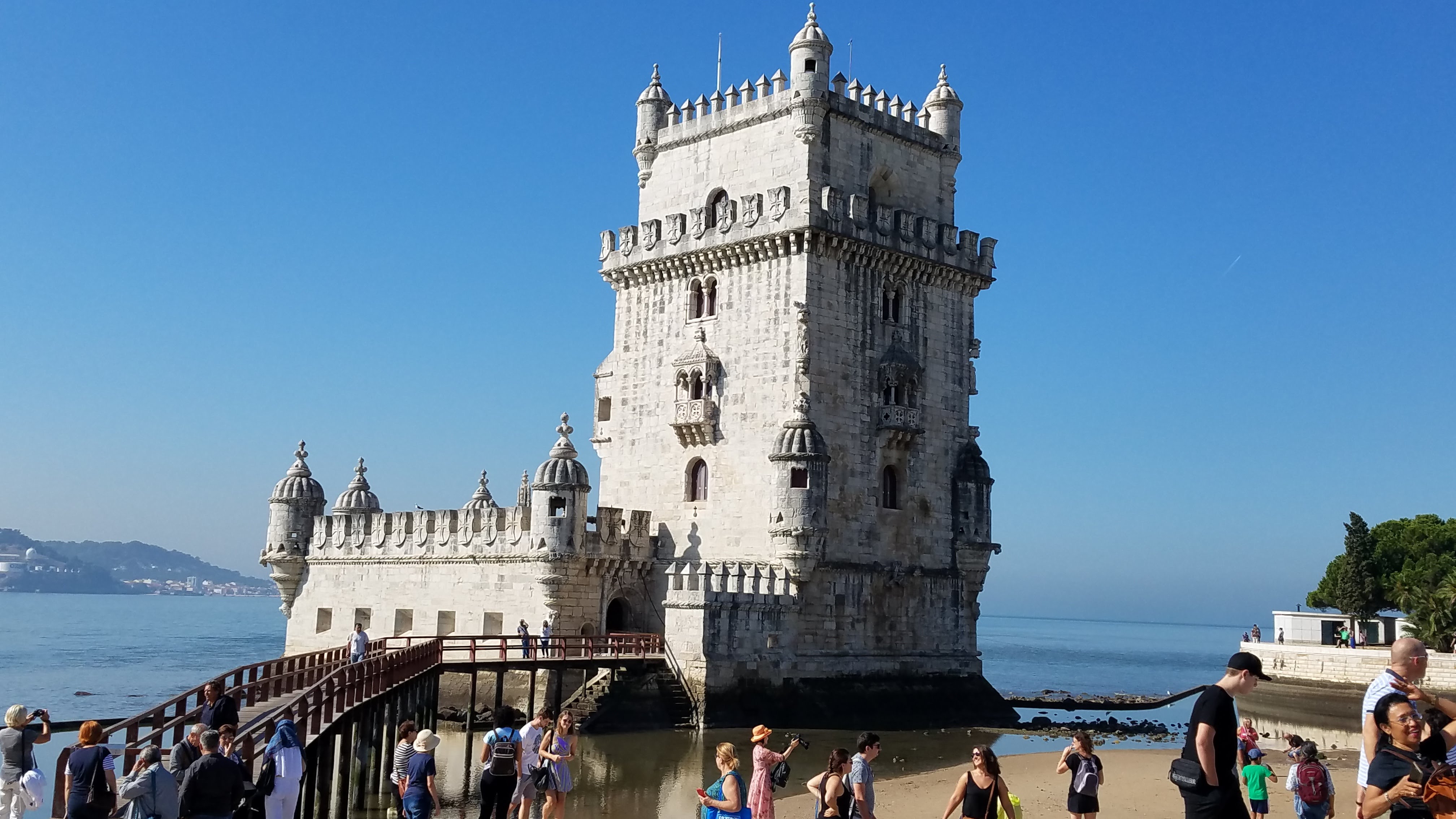 The tower of Belém or tower of Bethlehem, as it appears in some writings, constitutes one of the most representative examples of the “Manueline” architecture. It is located at the mouth of the Tagus River, in the ward of “Santa Maria de Belém”, in the southwest section of Lisbon, Portugal. Together with the “Jerónimos” Monastery, the “Torre de Belém” was declared a World Heritage Site by Unesco in 1983.
The tower of Belém or tower of Bethlehem, as it appears in some writings, constitutes one of the most representative examples of the “Manueline” architecture. It is located at the mouth of the Tagus River, in the ward of “Santa Maria de Belém”, in the southwest section of Lisbon, Portugal. Together with the “Jerónimos” Monastery, the “Torre de Belém” was declared a World Heritage Site by Unesco in 1983.
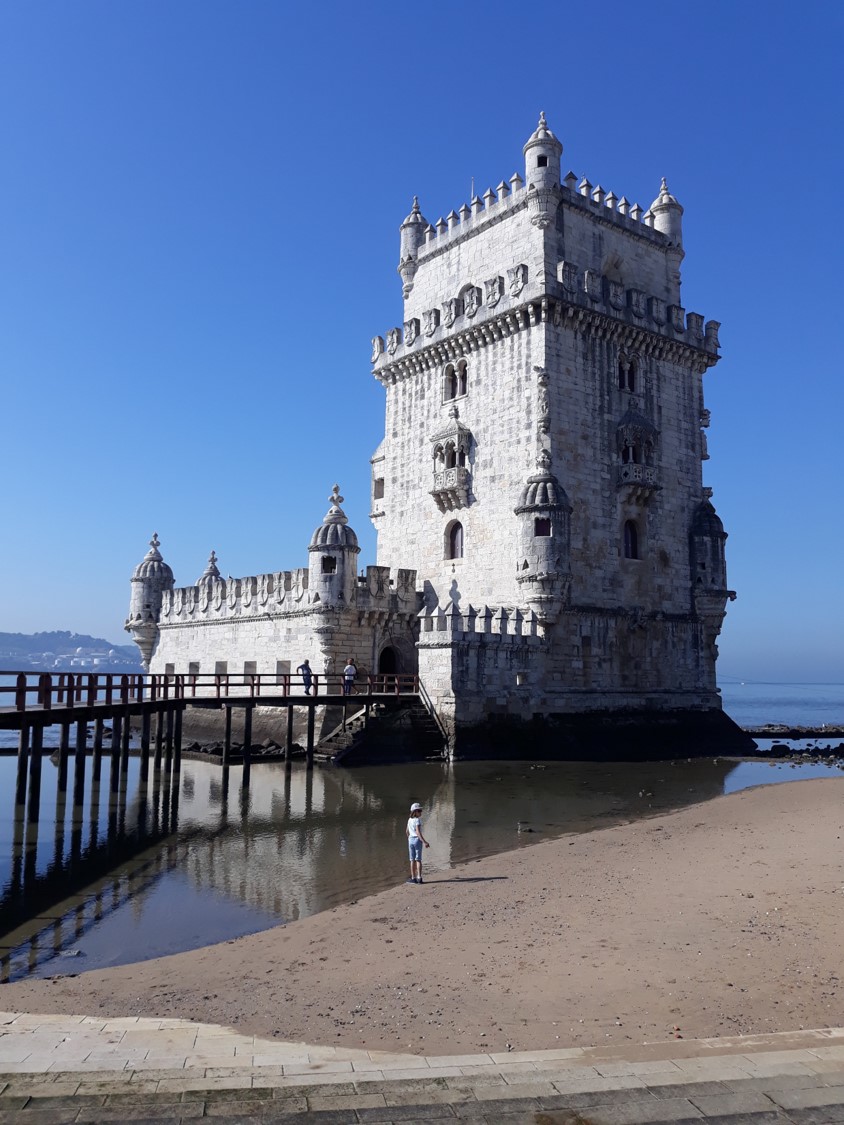 It is also known as “Torre de San Vicente”, as it was erected in honor of “San Vicente Mártir”, patron of Lisbon. Its original name was “Castelo de São Vicente a par de Belém”.
It is also known as “Torre de San Vicente”, as it was erected in honor of “San Vicente Mártir”, patron of Lisbon. Its original name was “Castelo de São Vicente a par de Belém”.
This old military construction located in the city of Lisbon, Portugal, is the work of “Francisco de Arruda” and “Diogo de Boitaca”.
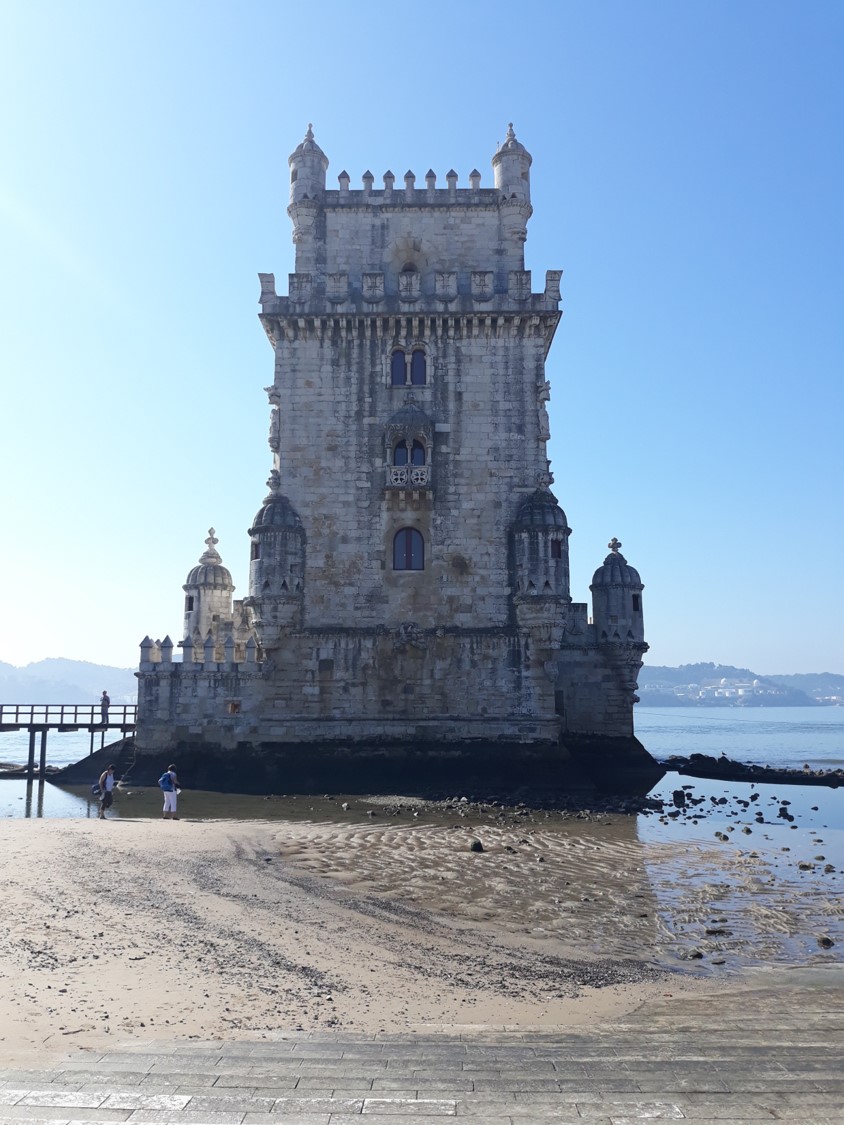
It initially served as a defensive tower to protect Lisbon. When it stopped serving as a defense against invaders in the estuary of the Tagus River, it was used as a prison, as a lighthouse and also as a tax collection center to enter the city.
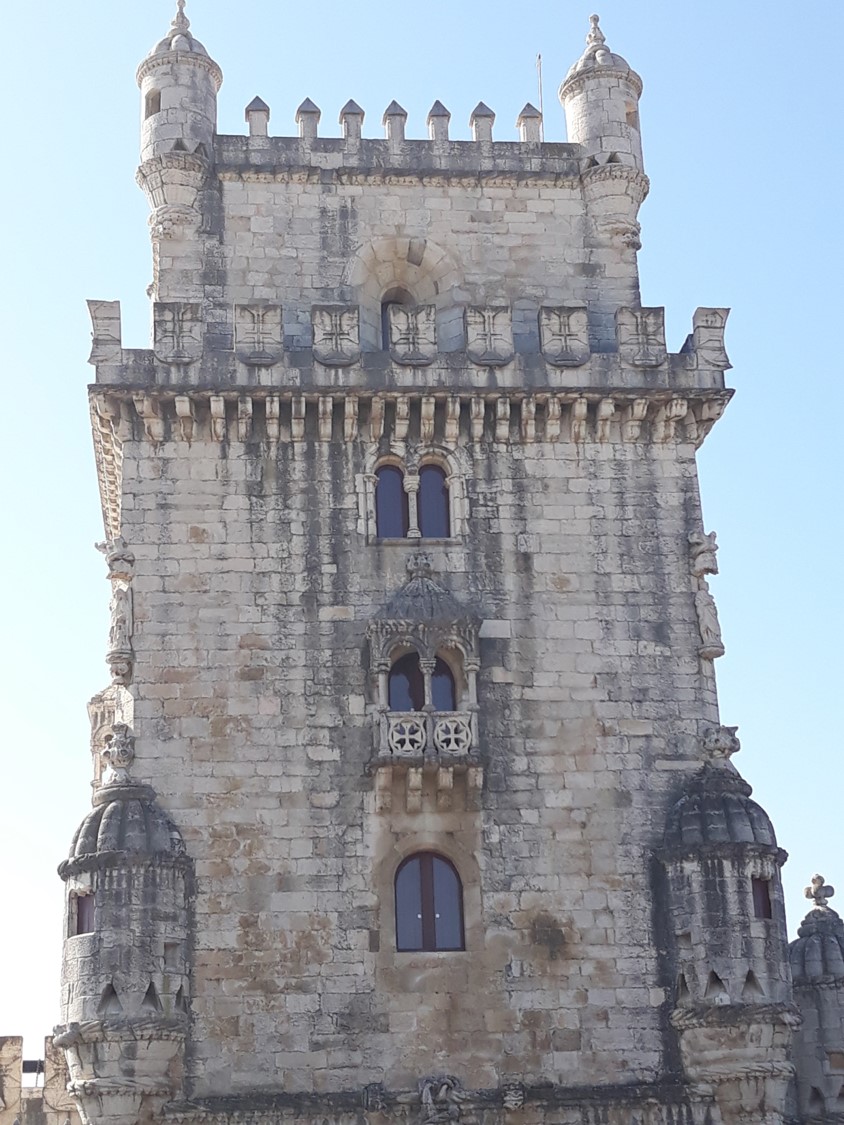 On the ground floor there are 16 windows for defensive cannons. The tower is comprised of five levels; Governor’s Room, Hall of the Kings, Hearing Room, Chapel and Terrace. A small spiral staircase connects the different levels.
On the ground floor there are 16 windows for defensive cannons. The tower is comprised of five levels; Governor’s Room, Hall of the Kings, Hearing Room, Chapel and Terrace. A small spiral staircase connects the different levels.
On the west facade of the Tower is a rhinoceros-style gargoyle.
